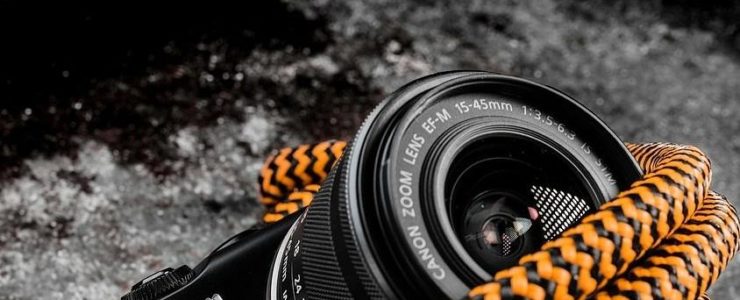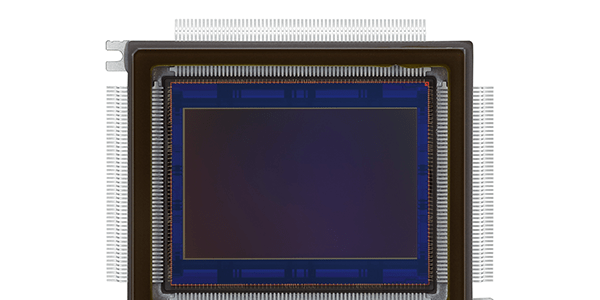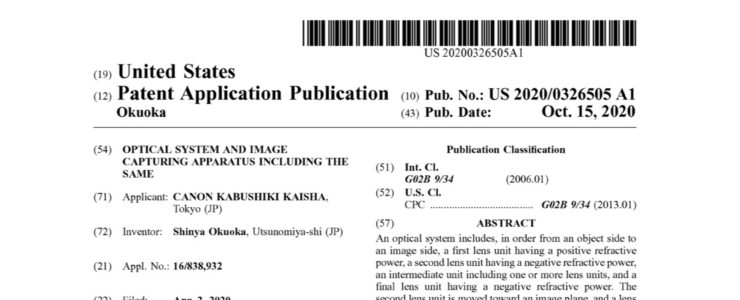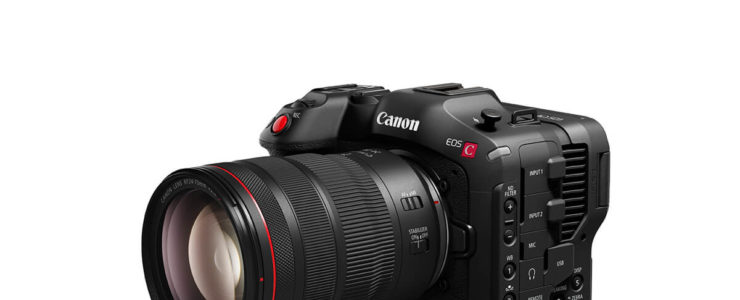Here is the Canon USA press release for the two new imaging sensors we reported earlier today, and more sensors we missed entirely in the Japanese press release.
Canon has a dedicated page for these specialized imaging sensors.
Canon USA press release:
Canon U.S.A. Announces Three New Industrial Imaging Sensors
MELVILLE, NY, October 19, 2020 – Asimaging sensors continue to be an essential component of industrial processes, Canon U.S.A., Inc., a leader in digital imaging solutions, is excited to announce three new CMOS (complementary metal-oxide semiconductors) sensors: the ultra-high-resolution LI8020 series, the ultra-high sensitivity LI3030 series, and the LI7050SAC. These sensors help expand the company’s lineup of industrial vision products while offering integrators and end-users additional capabilities when developing solutions for various applications.
LI8020SAC/LI8020SAM
The LI8020SAC (color)/LI8020SAM (monochrome) ultra-high resolution CMOS sensor features a pixel pitch of 1.5 μm (micrometer) and a resolution of approximately 250 million pixels, which provides detailed images in a wide range of applications and situations. The sensor will help meet the needs of manufacturers to inspect flat panel displays, which frequently exhibit 4K and sometimes even 8K content. The sensor can also be a tool for video production, digital archiving, wide-area monitoring, and the medical industry by providing ultra-high resolution and ultra-high-speed signal readouts. Due to the ultra-high pixel count of the sensor, images can be captured that maintain incredible image quality, even if an area of the moving or still image has been cropped and enlarged using an electronic zoom.
The new sensor can capture video at an ultra-high-resolution that is approximately 125 times higher than Full HD (1920 × 1080 pixels) and about 30 times higher than 4K (3840 × 2160 pixels). Still images can be captured at a speed of approximately five frames per second even when reading all the pixels. A fast signal readout of 1.25 billion pixels per second helps to avoid the potential of any signal delay or deviation. The rapid signal readout is achieved by advancing circuit miniaturization and signal processing technology. When the Read Return on Investment (Region of Interest) feature is utilized, the frame rate of the sensor can be increased by selecting an area and reducing the amount of information to be read. If a user doesn’t need the input of every pixel, the ROI readout function allows you to read every pixel at five fps, 8K at 24 fps, 4K at 30 fps, and Full HD at 60 fps. The sensor also features a “thinning-out read function” that enables high-speed readout by reducing the number of vertical pixels to be read out of the full shooting area, allowing selection of an output data format that suits users’ needs.
LI3030SAI/LI3030SAM
The LI3030SAI (RGB-IR)/LI3030SAM (monochrome) sensor is a 35mm full-size ultra-high sensitivity CMOS sensor with a large pixel size of 19 μm that allows for image capturing in low-light environments where it can difficult for the naked eye to identify the subject. The sensor can read 2160 × 1280 pixels, which is wider than Full HD (1920 × 1080 pixels), enabling it to be a suitable solution for astronomical observation applications and the monitoring and industrial applications that require high-resolution images with a specific aspect ratio.
Compared to similar Canon models, the sensitivity of the LI3030SAI and LI3030SAM sensor is approximately 2.3 and 3 times higher in the near-infrared range, respectively. The sensitivity capabilities of the LI3030SAI allow users to see the pupil of a human-eye through sunglasses. The LI3030SAM sensitivity capabilities enable users to capture monochrome moving images and can reduce the appearance of dust, enhancing astronomical observation. By assigning one pixel of the color filter as a pixel for the near-infrared region, it is possible to simultaneously acquire color and near-infrared motion images with a single sensor even under low-light conditions. In addition, since the differences in the reflectance and absorbance of light in the near-infrared region can be detected from weak signals and the state of the inside of a substance can be observed, the sensor can be used in a wide range of industrial and medical fields. Use-case examples include long-distance monitoring at night, observation of crop growth in a wide area, inspection of foreign matter contamination in food factories, and visualization of biological tissues.
LI7050SAC
The LI7050SAC is a high resolution CMOS sensor that is ideal for security camera use because of its high sensitivity and price point. Featuring a pixel pitch of 4.1 μm and a resolution of approximately 2.12 million pixels, the sensor provides a High Dynamic Range (HDR) of equivalent to up to 20 stops with frame rates of 30fps and 60fps. What’s more, the sensor features a 54,000 green sensitivity level and can read 1936 × 1096 pixels, which is slightly higher than HD resolution.
For more information on Canon sensors including how to talk to a sales representative, please visit canon-cmos-sensors.com.





